We now have a wonderful Whatsapp Nature Group in our village so I proposed that we undertake our own survey and record the birds we spot in and around the village. I created a simple recording form with photos of 20 common birds and posted it in the Whatsapp group with the message that I will curate the photos that are posted. We are now a few weeks into the survey and so far we have sightings (in the past year) of around 52 different species. We will continue to add to these and my personal project is to try to photograph as many species as I can find.
I watched a lot of youtube videos that provided factual information about native wildbirds, their feeding habits and the best foods to provide through the winter. We are currently experiencing a cold snap with harsh frosts and fozen ground so food is scarce. I set up the bird table and some bird feeders with seed, peanuts and suet and fairly soon had a lot of visitors.
After a few experiments of trying to photograph the birds as they came to feed with my mobile phone camera I realised it was not up to the job, so I invested in a new camera. After researching cameras for wildlife photography (especially birds) in my budget range I chose the Nikon Coolpix B700 which has a reasonable zoom and a 1” sensor giving 20 megapixel photos. Again I watched a lot of YouTube videos providing practical advice on bird photography but soon adopted a trial and error approach – and realised it is still not easy to take a good photo. You have to spend a lot of time sitting quietly waiting for the birds to come to you and in very cold weather that requires patience and discipline. But over a couple of weeks I managed to get around some good photographs of wildbirds.
But the revelation in photographing wildlife came another way. I was given a wildlife camera as a Christmas present – the type you leave outside and it takes photographs and videos if the sensors sense movement. The camera takes lovely sharp images and it also has night vision. I have really enjoyed moving the camera around the garden to try and photograph the birds that were tempted by the food I had provided. Some of the photos were stuunning and I had a lot of fun moving the feeders around the garden. But nature has a way of surprising you. After a few days, no matter where I located the feeders, they were dominated by jackdaws, phesants, parakeets and squirrels. While I'm not averse to feeding the bigger birds my intention is to provide seed for the smaller birds, so I’m now trying to work out how to distribute food to the smaller birds.
I was able to share my photos in the Nature Whatsapp Group which has, I think inspired others to be more aware of our birds. In fact I can tell from some of the comments that others would also like to take photos like mine. The photos in the movie below combine images from my hand held camera and the static wildlife camera.

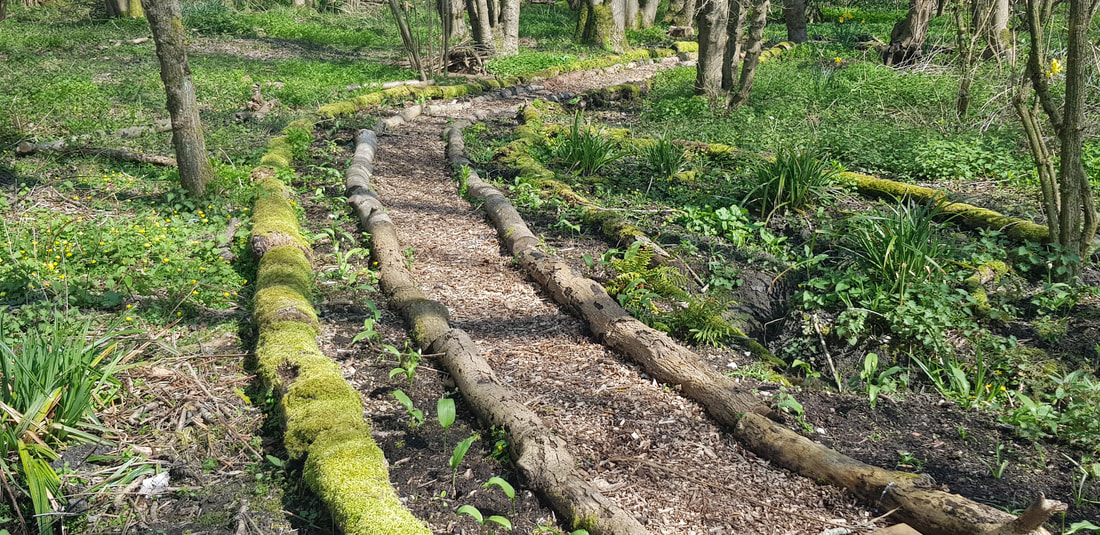
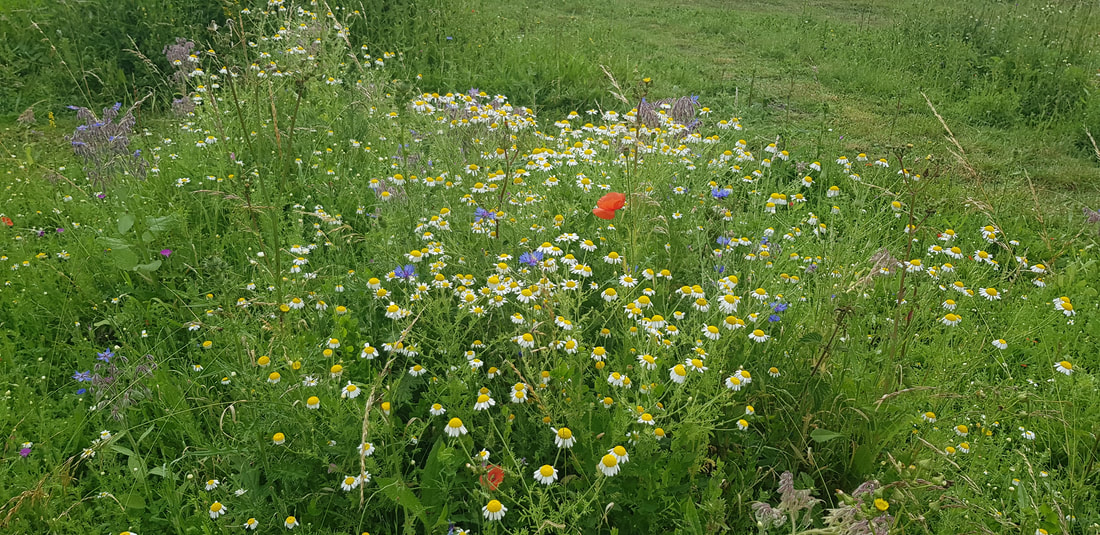
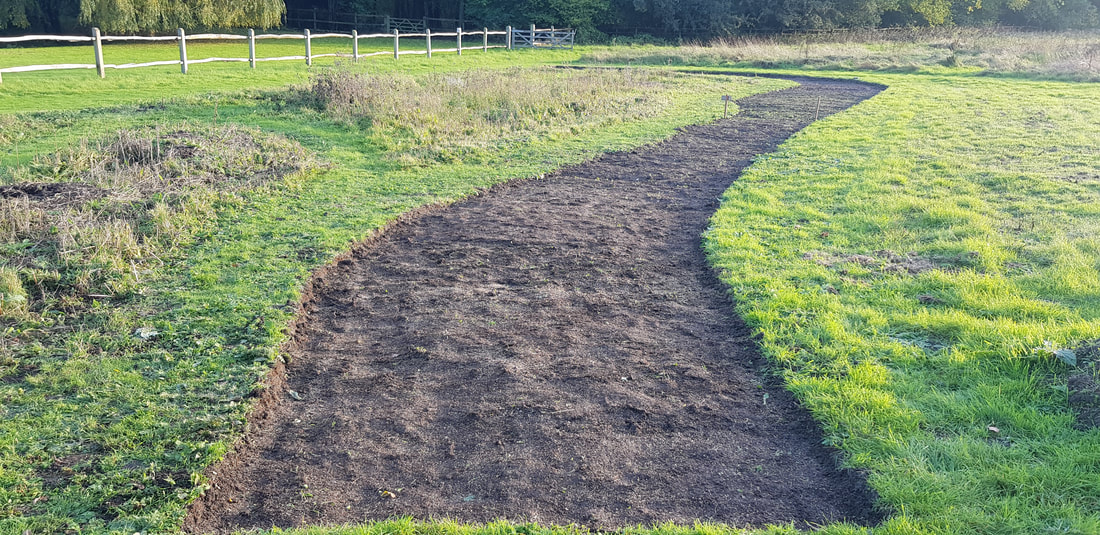
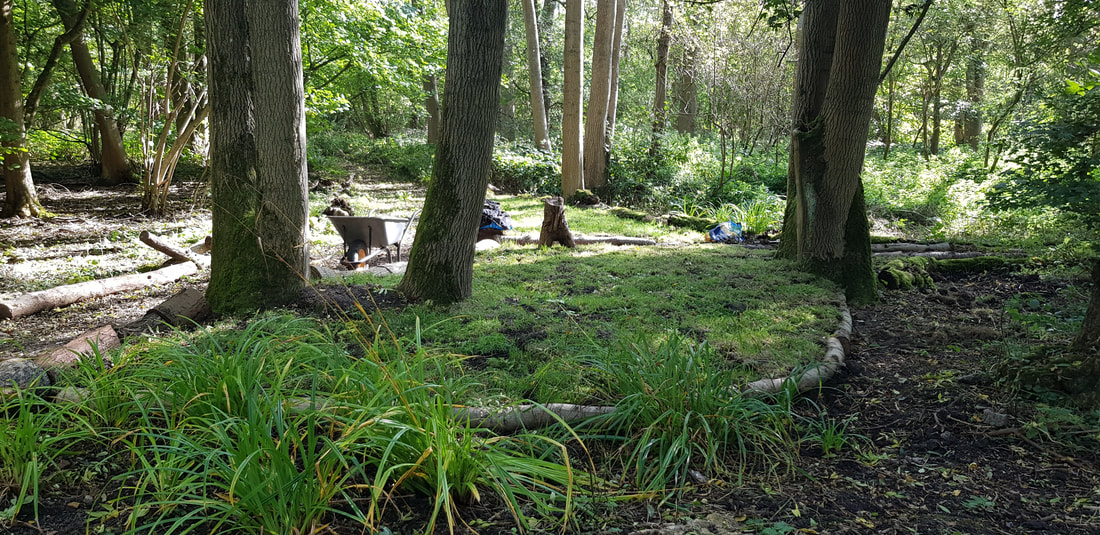
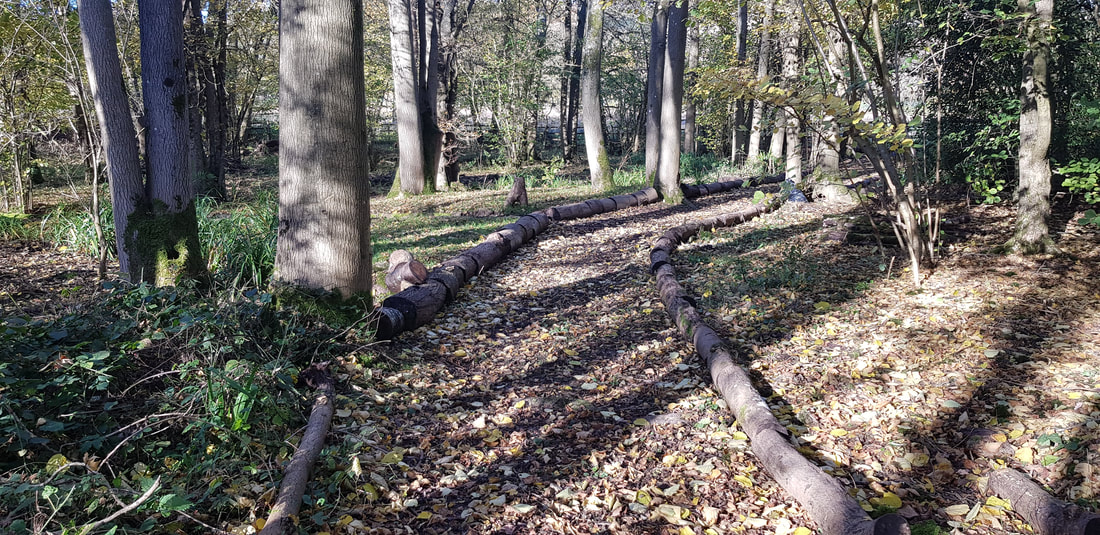
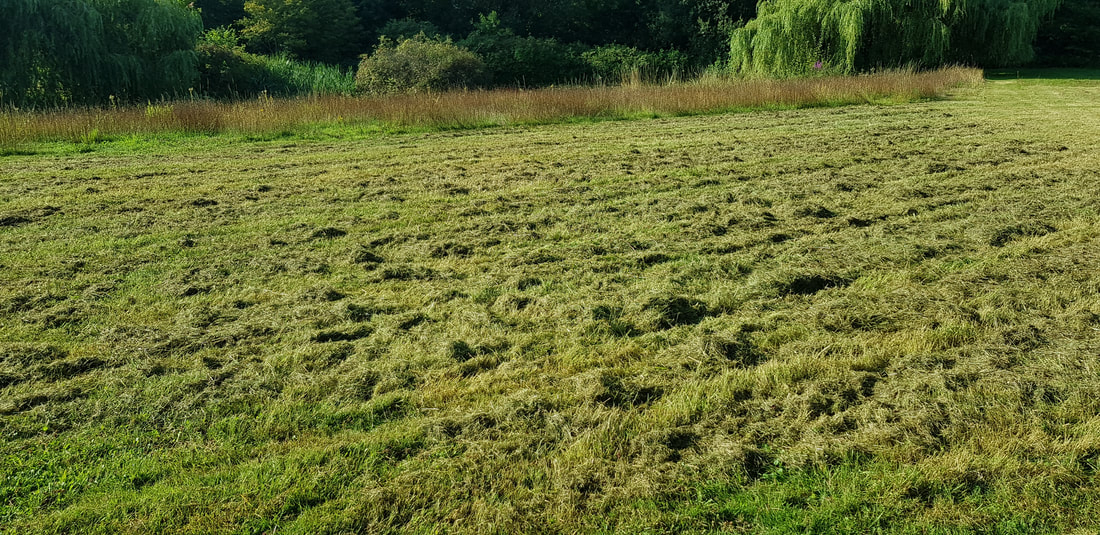
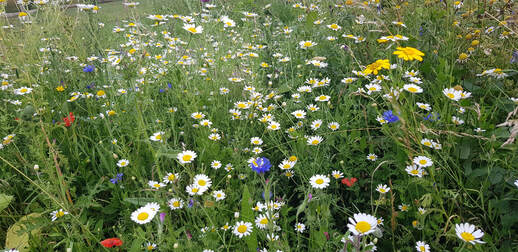
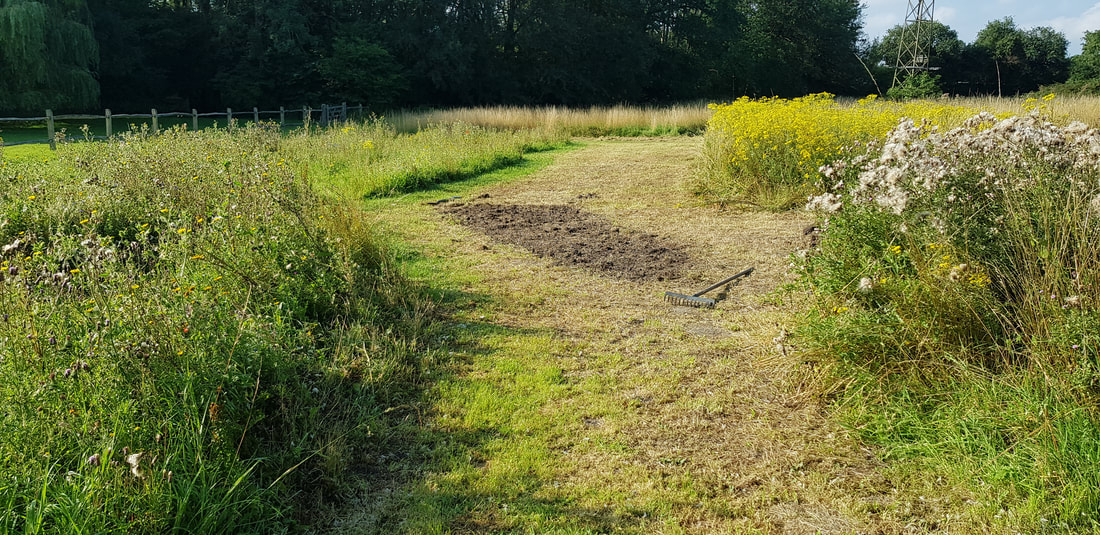
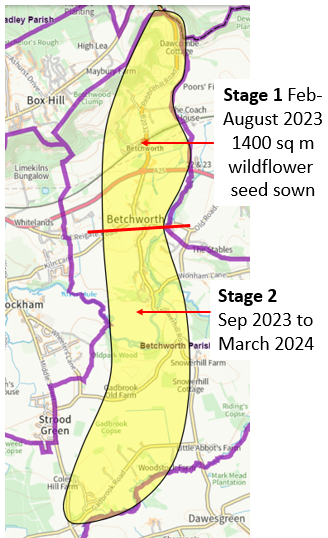
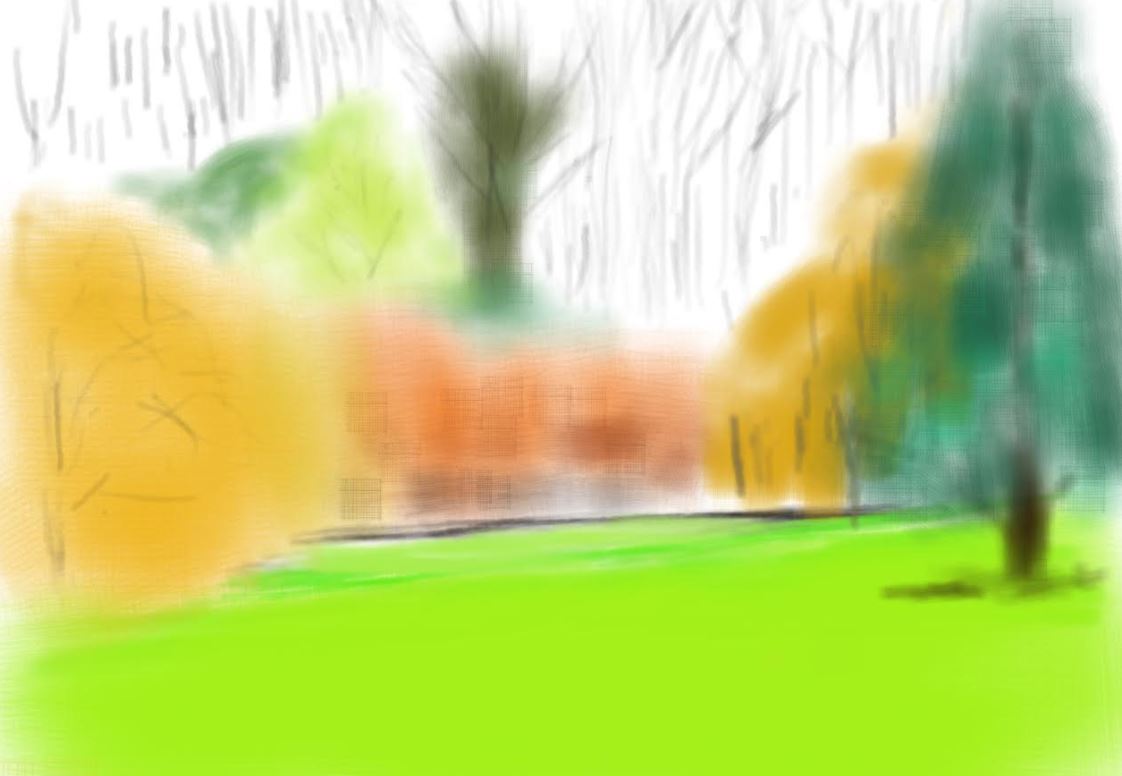
 RSS Feed
RSS Feed